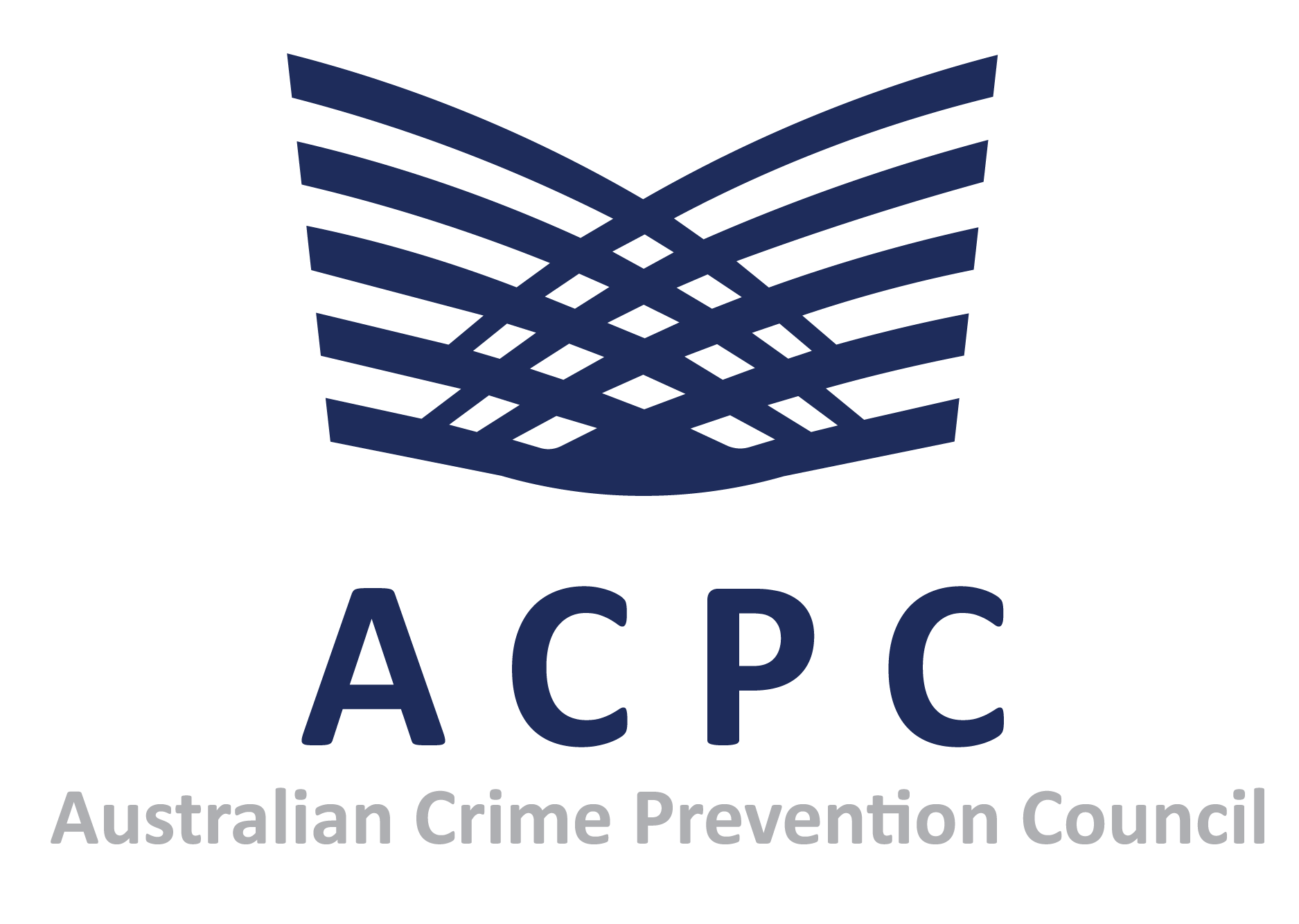At a meeting in Adelaide in May 1960 a National Body was formed known as the Australian Prison Aftercare Council. It was a voluntary association of individuals, departments and organisations representing a wide cross section of interests and disciplines. It included branches of the criminal justice system, courts, police, corrections, prisons, medical health services, criminology, ethnic minority groups and armed services.
In 1967 the Council widened its chapter and changed its name to the Australian Crime Prevention Council, Corrections and Aftercare Council.
In the 1970s funding was received from the Federal and State Governments as well as from private subscriptions and donations. A National Secretariat was established in Queensland and efforts were made to coordinate the activities of the Council at the national level as well as in the states and territories where the branches were formed. The Council then shortened its name to the Australian Crime Prevention Council.
The Constitutional objectives for the Council are:
• To assist and promote the prevention of crime;
• To develop awareness and better understanding of the problems of crime and methods properly available to prevent it;
• To encourage participation by citizens in the prevention of crime and the alleviation of social injustices;
• To provide a forum for the free discussion of crime prevention issues.
The Council has contributed in a constructive fashion in the debate about crime prevention.
Over the past seven decades it has advocated:
• The setting up of independent parole boards;
• The establishment of the Australian Institute of Criminology;
• The conducting of criminal research;
• The development of community based corrections;
• The implementation of offender rehabilitation programs;
• The introduction of alternatives to imprisonment;
• The achievement of criminal justice reform;
• The provision of compensation and aid to victims of crime and;
• The development community based crime prevention.
The Secretariat was disbanded in the 1980s and in in the early 2000s the Council was reformed and a new National Executive, representing the states and Territories, was constituted. The state branches have now closed.
Some of the challenges and questions facing the Council include how are effective crime prevention initiatives to be funded? What organisational mechanisms can be developed at a national level to ensure a balance between the government and the community? How can the public and private sectors work cooperatively in the implementing community safety and crime prevention strategies?
Over the last 60 years, 22 National conferences have been held from time to time, rotated between the States.
In recent years the Council has expanded internationally, creating a Network around the world of those who share the same objectives, enabling each other to stay in contact and share information.
